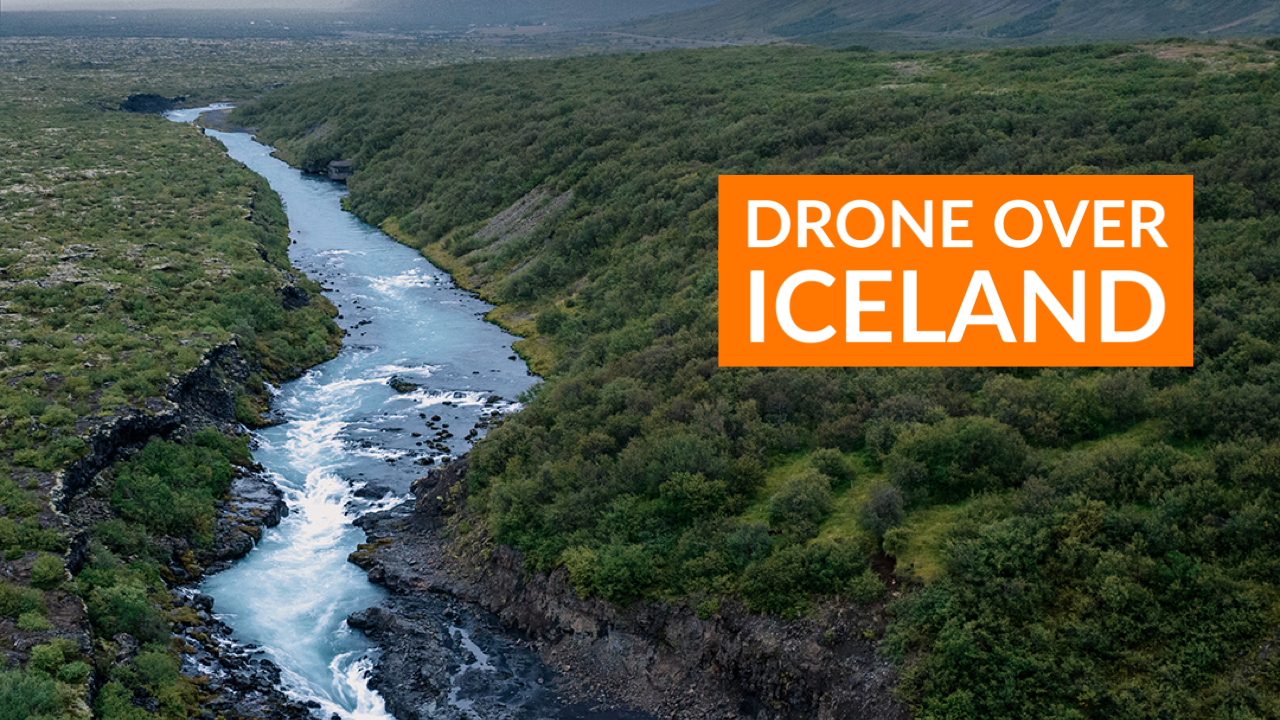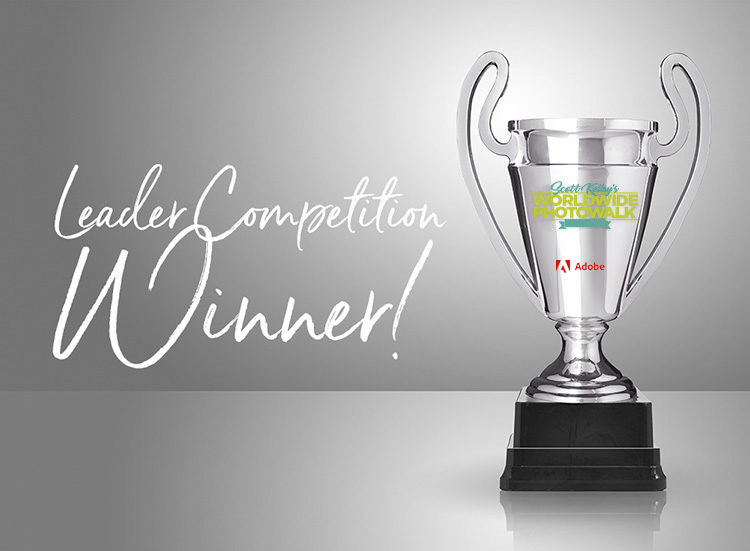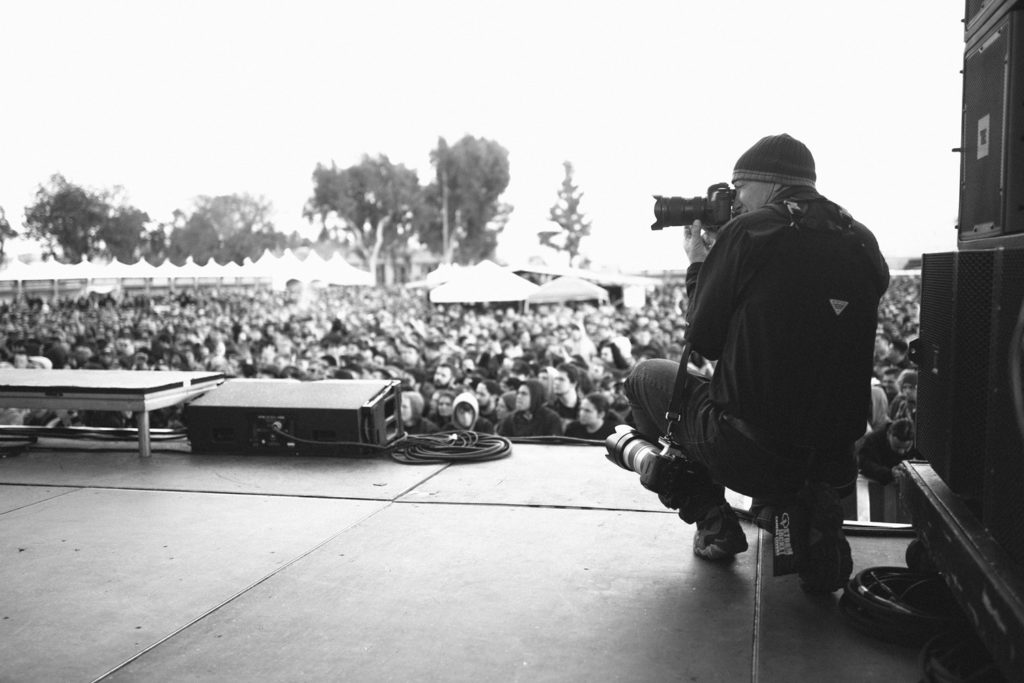
What’s the Best Photo Advice You’ve Been Given?
Hi! I’m Steve Brazill, and I’m a Southern California based music photographer, and the host of the Behind the Shot podcast. I want to start by thanking Scott for having me back. I read this blog regularly, so it is truly an honor. Also, thanks to Brad Moore for all you do.
The last time I was here I talked about “The Joy of Live Music Photography,” and the first time I talked about “Five Lessons Learned from Hosting the Behind The Shot Podcast.” Today, I want to talk about the photo community, and how supportive we are of each other.
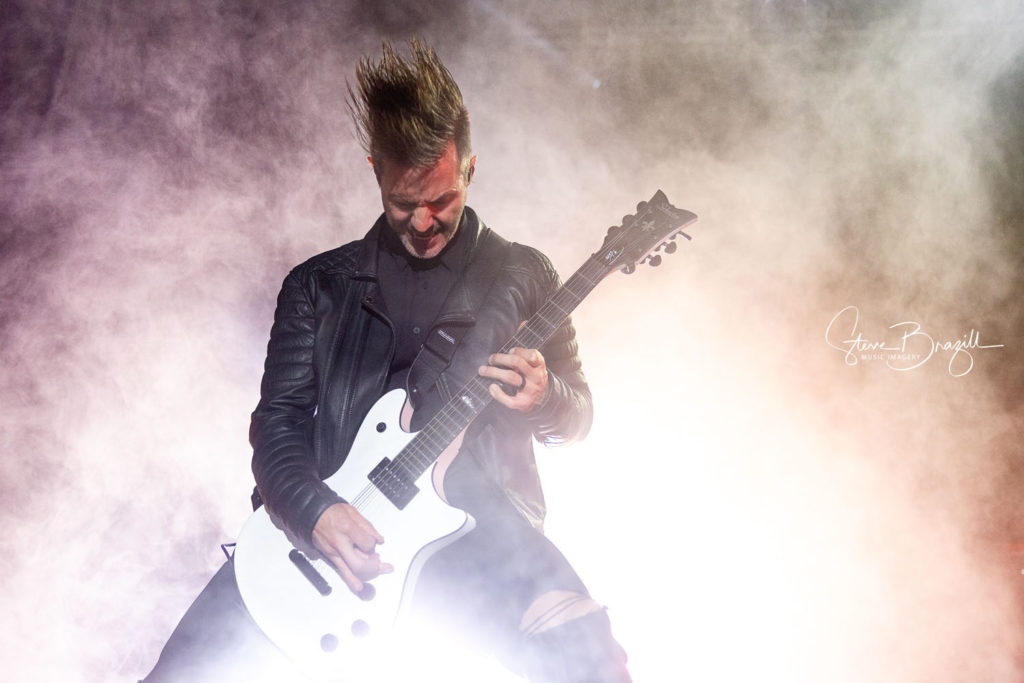
If you’re like me, you get a lot of questions about photography. Looking back over the years that I have been doing this I find it interesting that this has happened the entire time I’ve been into photography. Even when I was just starting out, knowing less than I do now, people asked me questions – often ones that were beyond my skillset. If I didn’t know the answer, I would usually try to do a little research to help them find an answer.
Well, fast forward to today and I still get questions, only now I get them more often, and on everything from photography, to licensing, copyright, printing, what to charge, podcasting, and networking (as in actual networks, my background is in I.T.). To be clear, much of this is still way beyond my level, but people ask anyway, and I try to answer, time permitting.
In my case, part of this stems from hosting the Behind the Shot podcast. Each episode I have an amazing photographer as a guest and we dissect one of their images. On occasion I do a special episode, but for almost six years that has been the basic formula, and it creates the impression I know more than I actually do. But every photographer I talk to seems to get a lot of questions too, and every single one of them, in my experience, takes the time, when possible, to help. The creative community just feels unique.
We have all, in fact, been on both sides of that equation at some point. From asking questions about gear, technique, or business, to answering them for someone else. Reviewing a friend’s website, critiquing their images, or helping them figure out what rate to quote for a gig are just a few of the ways we, as a community, help each other. It’s part of what makes me feel close to other photographers, many of whom I have never met in person.

Good honest advice is invaluable in any line of work, and I’m sure this happens in many industries, but in the creative world it can be the difference between getting a gig, or not.
That got me thinking… what if I could ask some photographers one question:
“What’s the Best Photo Advice You’ve Ever Been Given?”
By “some photographers,” I mean a wide ranging group: from pros to hobbyists, and household names to people you don’t know (yet).
I had this idea a while ago, but the idea of cold emailing people, many of which I only know through Twitter or Instagram, or because they’ve been guests on my show, was uncomfortable to me. That changed a few weeks ago. Someone I don’t know messaged me through Facebook asking how they get started in concert photography. To be honest, I am shocked I even saw the message. I abandoned Facebook for personal use long ago. Other than posting show releases, I am never there. Luckily, I did see it, and I really hope my answers helped them. About a week before that I had a friend text me asking for help with a quote. These two messages pushed me to try and do a show based on that question.
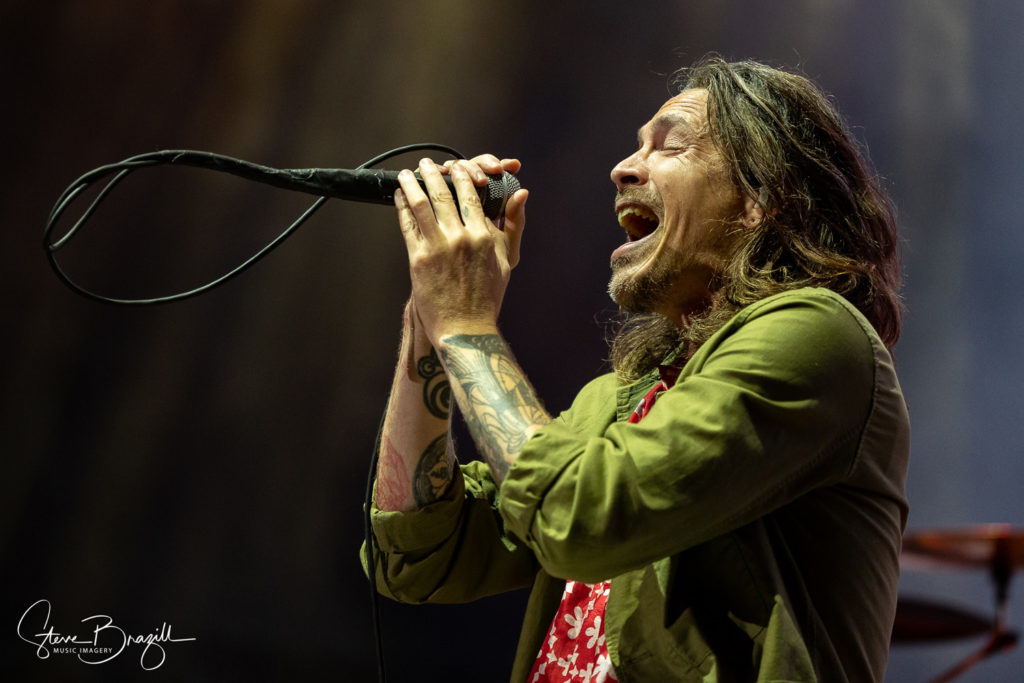
I emailed a bunch of my friends, and friends of the show, and to my surprise, while a few were unable due to schedule issues etc, almost everyone I emailed responded – 19 in total. And to be clear, the list includes people that I guarantee you are inundated with people wanting them to answer questions, and they took the time to answer this one. The list includes people that almost every photographer, and any KelbyOne member, will know:
- Joe McNally
- Rick Sammon
- Peter Hurley
- Moose Peterson
- Adam Elmakias
- Vanessa Joy
- David Bergman
- Christie Goodwin
- And… our very own Brad Moore!
Add to this list the amazing talents of a few creatives you may or may not know yet, but hopefully will now discover:
- Ant Pruitt
- Andy Ihnatko
- Troy Miller
- Steve Rose
- Jose Negrete
- Jeff Harmon
- Ian Spanier
- Freddy Clark
- Britt Bowman
- Aki Fujita Taguchi
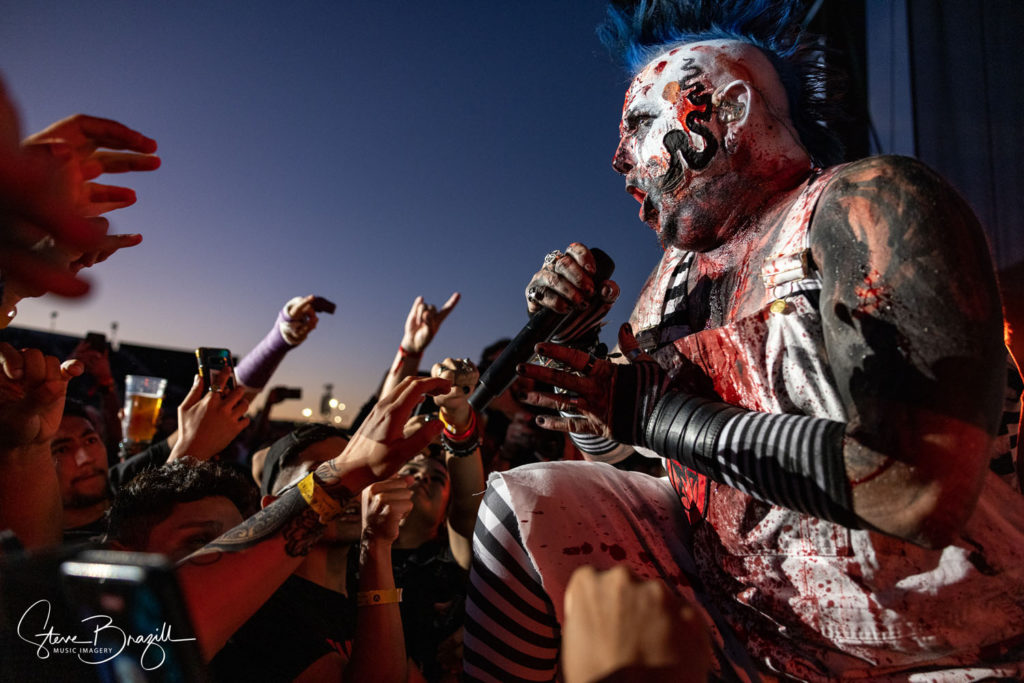
This wasn’t a small “ask” by the way. I asked each of them to record a video, of around one or two minutes, where they introduce themselves, share the best advice they’ve been given, and let you know where you can follow them. Some of them have pro setups for doing this (I’m looking at you Bergman), while others used their phones. This is what made it all really work for me. This show isn’t about being on a set, or having a great mic in front of you. It’s all about the great knowledge these pros share.
The responses I got back…. Wow, they were amazing. Everything from technique and technical tips to business concepts, and this show ended up as exactly what I was hoping for. I hope you find it as special as I do.
The show is available wherever you get your podcast, in an audio only or video format, and on YouTube. Be sure to add your answer in the comments!
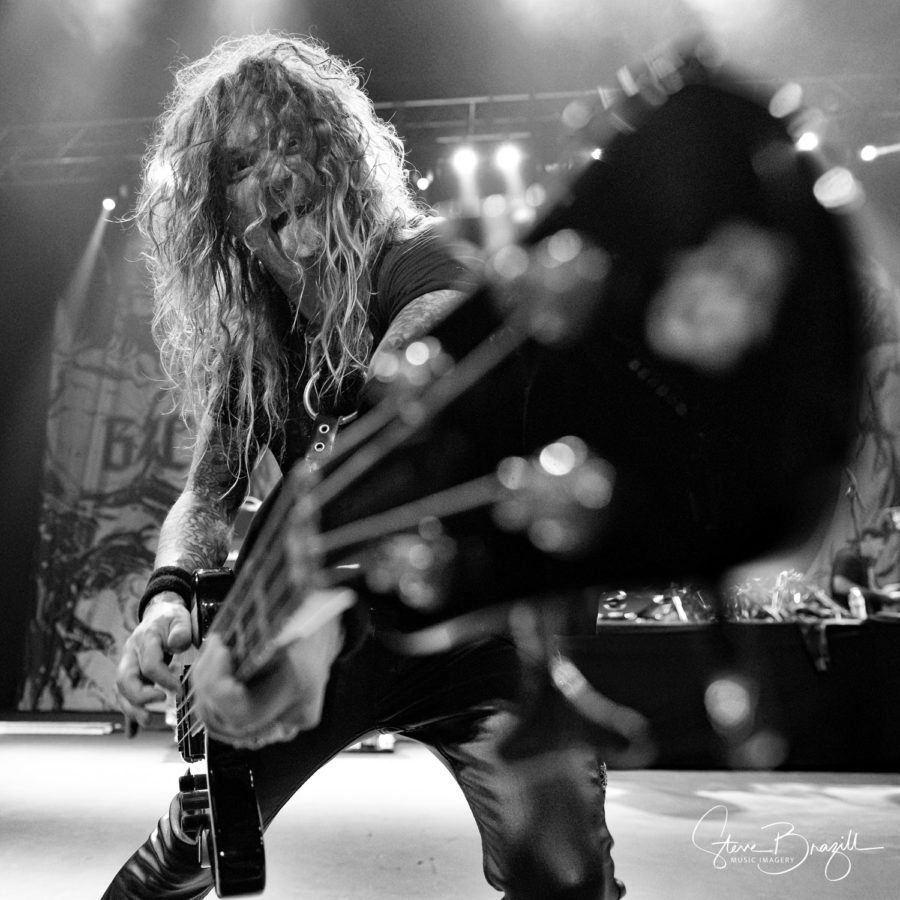
A Side Note On Proper Planning – “The Steve Mistake”
Since we are on the topic of advice, let me share one here… planning matters. I hadn’t fully thought about the production part of this when I started. I just knew I wanted to ask the question, and have amazing creatives answer it. I didn’t think about the little things, you know, those things that always come back to bite you. I do my show at 1080/30 in SDR, meaning a standard HD resolution of 1080p at 30 fps in Standard Dynamic Range. The audio is always 48kHz, the standard for video, not 44.1kHz. I should have mentioned these bits of info in the email I sent, or as I said it to myself during editing… “You’re not very smart Steve.”
The videos I got back were mostly in 1080p/30/SDR, with the audio at 48k, but three were HDR instead of SDR, two were 720p instead of 1080p, and a few had audio at 44.1k. The audio isn’t a big deal, I can change the 44.1 to 48 easily, but the HDR and 720 files… that’s a different story. Just like in photography, when you upscale 720 to 1080 you are adding data that doesn’t exist. This results in a loss of quality, particularly in sharpness. I wasn’t going to go back and ask these people to do their videos over, and change their phone settings, but instead was able to upscale well enough, I think, for this project. HDR on the other hand… when you drop an HDR video into an SDR timeline in Final Cut Pro you get a warning that it will be throwing away all of the added dynamic range. That makes the video look completely blown out. Then you have to add the HDR Tools effect to convert the HDR format to SDR, which solves the issue, but often results in a very flat looking video. You now have less dynamic range and color data to work with. At this point it’s adjusting color grading to try and get as close as you can to the look of the HDR file.
So, the advice? Planning matters.
Last thing I want to add… There was one person that submitted a video that didn’t make the show. They uploaded to my Dropbox, and everything seemed to work fine. On my end the video never showed up. After I released the show I found out that I left out my buddy, and KelbyOne star Dave Williams. I have seen the video he did now, and it’s awesome, of course. Perhaps I will do another one of these down the road, so I get Dave in there. In the meantime, thanks for taking the time to record that Dave, and sorry about the mixup!
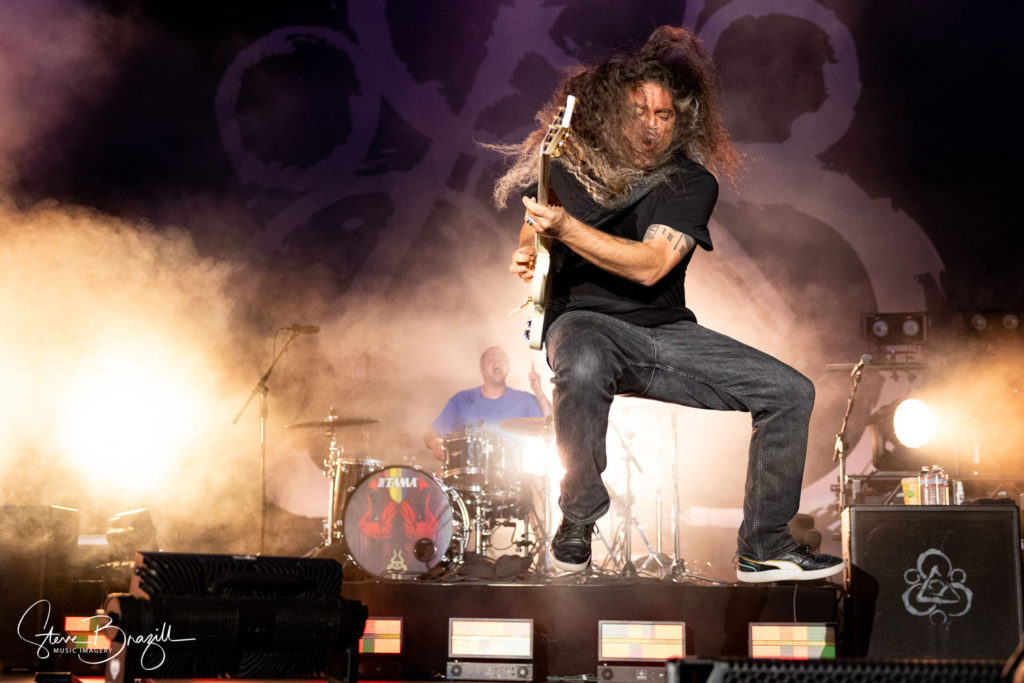
Again, thanks to Scott and Brad. Such an honor to share this space.
You can see more of Steve’s work at SteveBrazill.com, and keep up with him on Twitter, Instagram, and Facebook. Be sure to subscribe to the Behind The Shot podcast so you don’t miss an episode, and also keep up with it on Twitter, Instagram, and Facebook.



